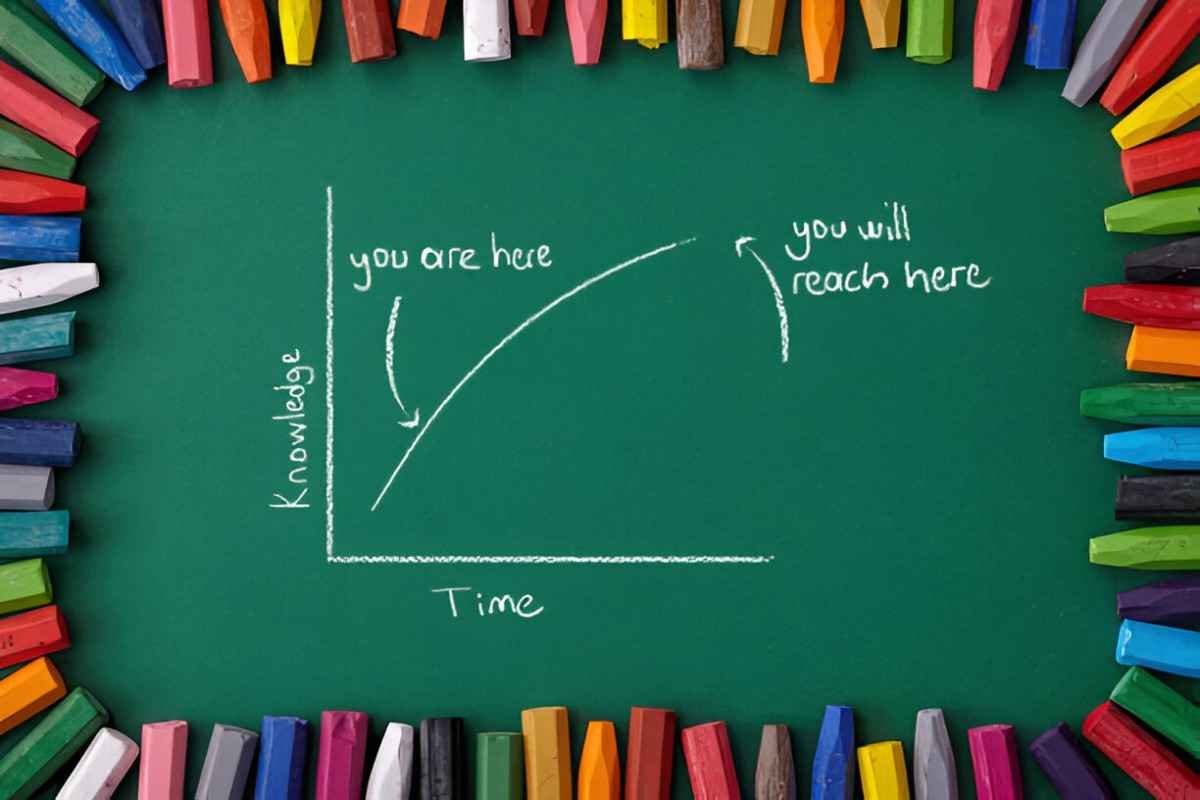Introduction
The Laffer Curve is a concept in economics that illustrates the relationship between tax rates and government revenue. The theory, named after economist Arthur Laffer, suggests that there is an optimal tax rate that maximizes revenue. Beyond this point, higher tax rates discourage work, investment, and production, leading to lower tax revenues. This article explores the origins, mechanics, implications, and criticisms of the Laffer Curve.
Table of Contents
Understanding the Laffer Curve
Origins of the Theory
Arthur Laffer introduced this concept in the 1970s during a discussion with policymakers. He sketched the curve on a napkin to illustrate how tax revenues could decrease if tax rates became too high. Although similar ideas had been explored earlier by economists such as Ibn Khaldun and John Maynard Keynes, Laffer popularized the concept in modern economic discourse.
Theoretical Framework
The Laffer Curve posits that at a 0% tax rate, the government collects no revenue. Likewise, at a 100% tax rate, individuals have no incentive to work, leading to no taxable income. Between these extremes, there exists an optimal tax rate that maximizes revenue. The curve can be represented mathematically as:
R = T \times B(T)where:
- R is the total tax revenue,
- T is the tax rate,
- B(T) is the taxable base, which varies with the tax rate.
As T increases, B(T) initially remains stable but declines if T becomes too high, reducing RR.
Empirical Evidence and Applications
Historical Examples
The 1920s Tax Cuts
In the 1920s, the U.S. government reduced the top income tax rate from 73% to 25%. Tax revenues did not decline significantly, suggesting that lower rates encouraged economic activity.
The Reagan Tax Reforms
During the 1980s, President Ronald Reagan lowered the top tax rate from 70% to 28%. While economic growth accelerated, the impact on tax revenue remains debated. Some argue that tax cuts boosted investment, while others suggest deficits increased due to reduced revenue.
Modern Applications
The Laffer Curve influences debates on corporate tax rates, capital gains taxation, and income tax policies. For example, in 2017, the Tax Cuts and Jobs Act (TCJA) reduced the corporate tax rate from 35% to 21%, aiming to spur investment and economic growth.
Graphical Representation and Analysis
Below is a simplified representation of the Laffer Curve:
| Tax Rate (%) | Tax Revenue ($ billions) |
|---|---|
| 0% | 0 |
| 10% | 200 |
| 20% | 350 |
| 30% | 450 |
| 40% | 500 |
| 50% | 480 |
| 60% | 420 |
| 70% | 300 |
| 80% | 150 |
| 90% | 50 |
| 100% | 0 |
This table shows that beyond 40%, revenue begins to decline, indicating a disincentive effect on economic activity.
Factors Influencing the Laffer Curve
Elasticity of Taxable Income
Different income groups react differently to tax changes. High-income earners have more flexibility in tax planning and income shifting, affecting revenue collection.
Economic Conditions
During recessions, tax rate reductions may not significantly boost economic activity, whereas in periods of growth, lower rates might encourage investment.
Behavioral Responses
Tax avoidance, evasion, and labor supply decisions alter the effectiveness of tax rate changes. High rates incentivize tax shelters and offshore income shifting.
Criticisms and Counterarguments
Revenue Neutrality Debate
Critics argue that tax cuts often fail to pay for themselves. The 2017 TCJA, for instance, led to increased deficits despite claims of revenue neutrality.
Distributional Effects
Lowering top marginal rates may disproportionately benefit high-income individuals, exacerbating income inequality.
Government Spending Considerations
Reducing tax rates without adjusting government spending can lead to budget deficits, requiring borrowing or spending cuts in social programs.
Policy Implications and Future Directions
Finding the Optimal Tax Rate
Empirical studies suggest that the revenue-maximizing tax rate in the U.S. is between 50% and 70%. However, economic efficiency and growth considerations often lead policymakers to set rates lower.
Balancing Growth and Revenue
Striking a balance between incentivizing economic activity and ensuring sufficient government funding remains a key challenge.
Conclusion
The Laffer Curve provides a valuable framework for understanding tax policy. While it illustrates the potential for tax rate reductions to increase revenue under specific conditions, its application depends on various economic and behavioral factors. Policymakers must consider empirical evidence, economic contexts, and social implications when designing tax policies.





